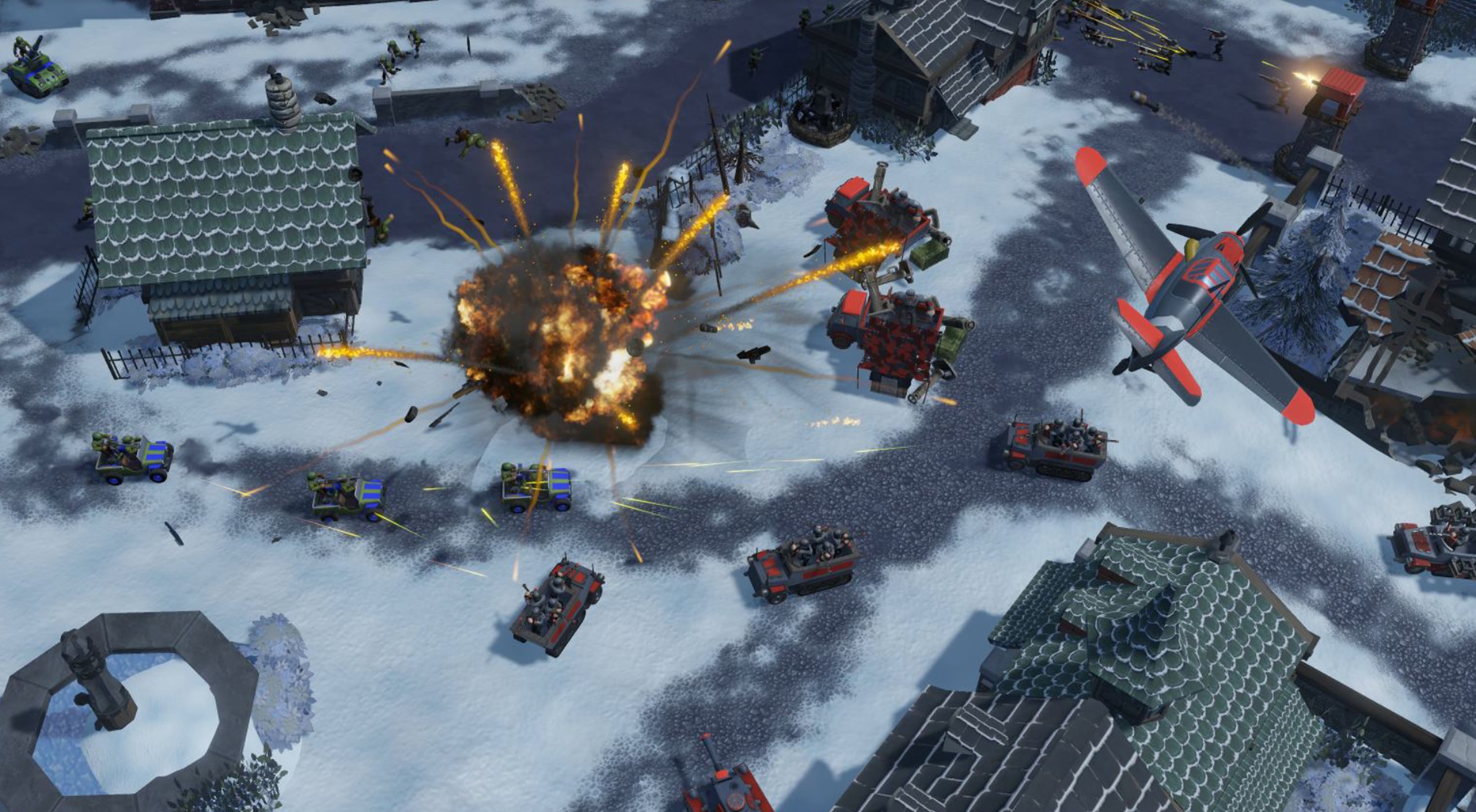One of my early joys in virtual reality was the HTC Vive’s Final Approach from Phaser Lock Interactive. It put you in the middle of a virtual reality landscape, as if you were standing in a table with miniature toys. You could reach into the air, grab a plane, and set it on a path for landing at an airstrip.
It was a magical and immersive app, the kind of thing you could only do in VR. And now Phaser Lock Interactive is back with a new game, dubbed Final Assault, that turns the same kind of experience into a real-time military strategy game. Now you can stand in the middle of a World War II tabletop battlefield and command an assault on an enemy position. You can use your finger to touch objects on a menu, unleashing new infantry, vehicle, or air forces on the enemy.

Unlock premium content and VIP community perks with GB M A X!
Join now to enjoy our free and premium membership perks.
![]()

![]()